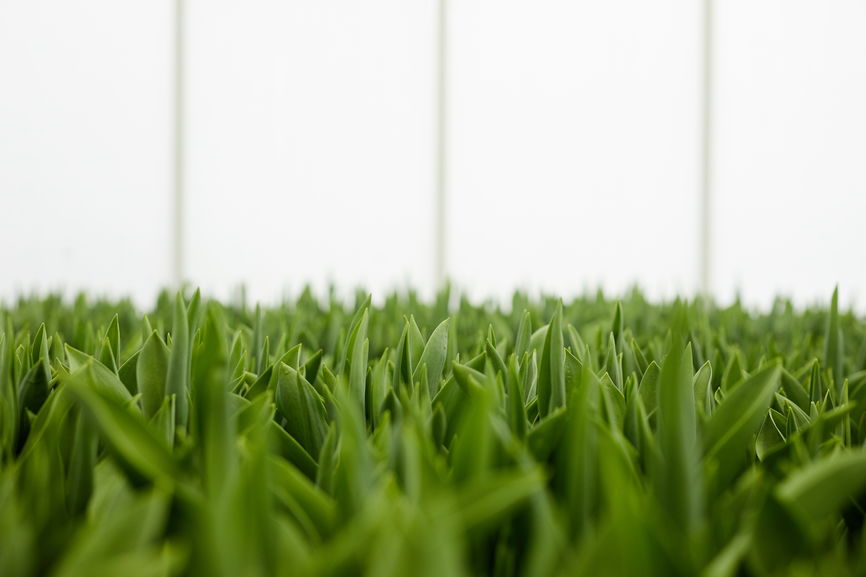In situations where you have a relatively small lawn, young children champing to go outside, and a dog that keeps trailing mud to your house, the temptation to go for fake grass must be great. Due to such circumstances, you probably could be thinking of updating your landscape. This article provides insights into the pros and cons of artificial grass that could help you decide what works for your case.
What are the pros of artificial turf?
Save water and reduce your water bills
In areas prone to the hosepipe ban, lack of water mostly results in browning patches and balding of natural grass. Additionally, where no such restrictions apply, hosepipe and sprinkler usage on natural grass increases water bill. However, with fake grass, the opposite applies, no more hose pipes and sprinkler, thus saving on both water and water bills. Ideally, artificial turf requires deep cleaning twice a year. The difference is incomparable.
It’s an excellent option for those struggling with allergy and mobility
Fake grass produces zero pollen count, which is perfect for individuals prone to hay fever. Did you know that grass pollen is considered as the leading cause of seasonal allergies? Fake grass brings no search troubles to hay fever sufferers.
For those whose mobility isn’t as they used to be, going about the garden chores could be difficult, but with fake grass, a simple hose down and the brush is enough to make it look elegant for the coming months.
The ideal solution for those who work away from home and love to holiday
If you’re working away from home or taking a holiday, you will have little time for garden chores. Unless you can hire a private gardener, natural grass can quickly become a problem. Going artificial avoids such stresses.
No more mud and grass stains with artificial turf
Artificial turf act as a barrier for soil, making it impossible for our pet friends to dig muddy holes and prevent muddy puddles from congregating on your kitchen floor or living area.
It’s ultimately child and pet friendly
Artificial turf is pet friendly compared to natural grass, which is affected by ammonia present in urine. It can be cleaned with a hose and mild detergent, thus aiding to control unpleasant smells. Artificial turf thicknesses provide cushioned landing, which makes it among the main reasons this home and garden products are child-friendly.
Save money on gardening and garden equipment
The maintenance of artificial grass generally requires hosepipe and mild detergent to keep it clean. When it comes to synthetic grass garden equipment, the primary tool would be the glue for artificial grass to concrete, vital during its installation. This saves you the extra money you could use to buy gardening equipment such as lawnmower, hand weeder, trimmer, and sprinkler for natural grass chores such as mowing, and others.
Weather-proof
Whether extreme frost or scorching summers, artificial grass is not affected by weather conditions. They usually maintain a pristine look all year round. The weather-proof and quick-drying aspect make it ideal for carpeting a football field.
Cons
Artificial grass can cause rug burn as they are rougher than natural lawns
Artificial turf usually gets hotter than its natural counterpart, which may be uncomfortable for bare feet. To some extent, fake grass inhibits life beneath the turf. However, this can be corrected by installing flower beds. Installation costs of artificial grass could also be expensive, compared to buying seeds.
Impacts of artificial turf thicknesses and heights
Other than the pros and cons, the above is a critical aspect to consider as it affects two crucial factors of turf; aesthetics and resilience. Resilience is the artificial turf aspect to get back to shape, depending on the amount of traffic. Therefore, If you intend to lay the fake grass where traffic is high, for example, corridors, consider purchasing shorter turfs around 1.8 cm height to 2.5 cm height. Choosing the right turf height for aesthetic reasons depends on personal taste. For a look of freshly cut grass, 3 cm height artificial grass would be the most appealing. On the other hand, if you prefer a more natural look, turf with more than 3 cm is ideal.
Conclusion
In conclusion, artificial grass is an excellent option for natural grass because of its various benefits. However, keep in mind that if artificial turf is not installed, correctly it’s likely to wear or tear sooner, which will require infilling and levelling. Thus maintenance costs will as well be higher. To avoid the extra costs, ensure you contract qualified turf professionals for installation and expert advice on artificial grass gardening projects.

